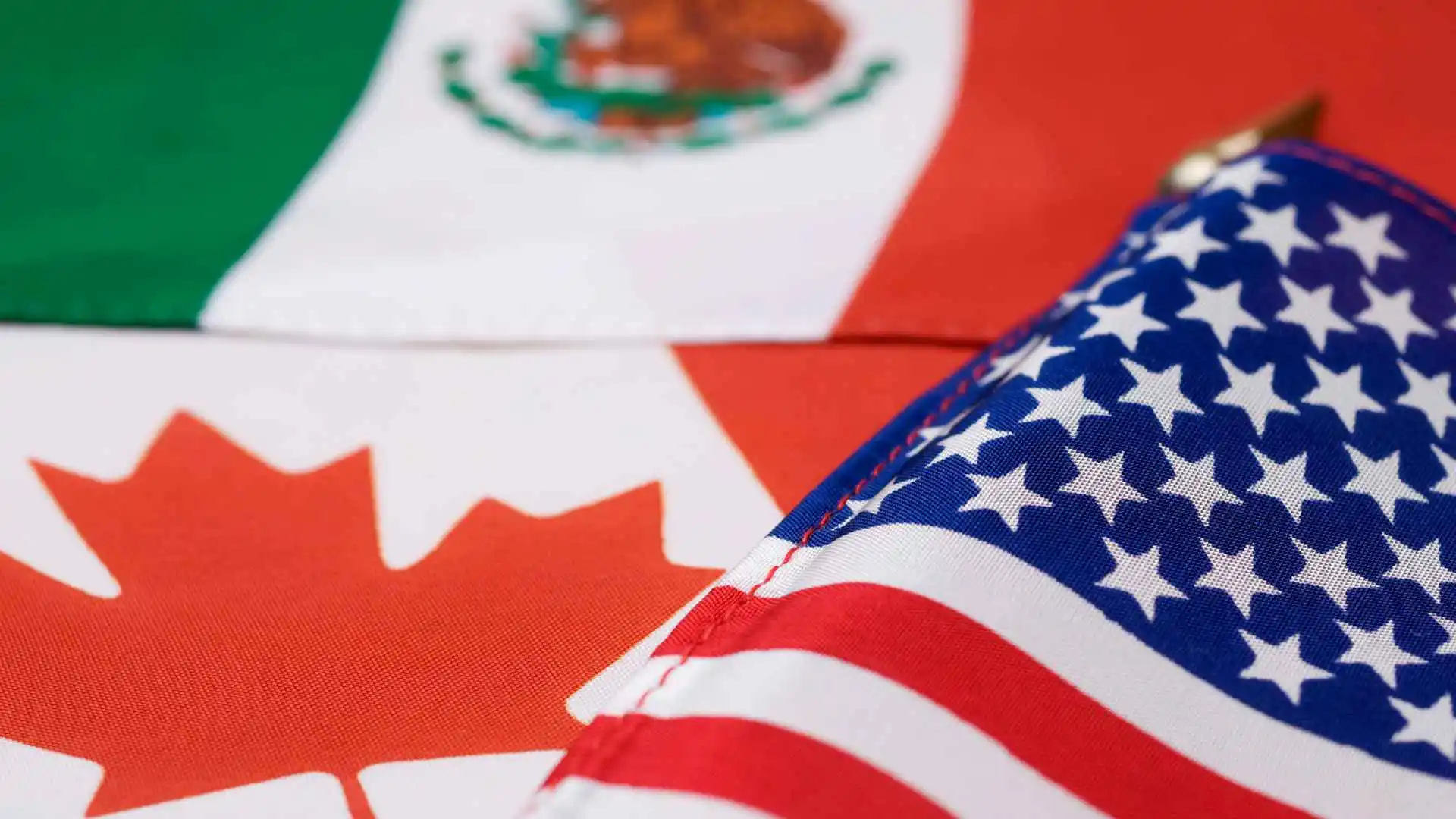The National Motor Freight Traffic Association (NMFTA) will soon implement some significant changes to LTL freight classifications, shifting to a more streamlined, density-focused model. These changes, coming in Docket 2025-1, aim to simplify processes and reduce disputes between shippers and carriers.
To get a clearer understanding of what these changes mean and how they will impact shippers and carriers, we spoke with Mark Davis, Averitt’s Vice President of Pricing and Traffic. Here’s what he had to say about the upcoming changes.

What exactly is changing with the LTL freight classification system?
Our industry has been using the same freight classification model for decades. The system evaluates freight based on four key characteristics: density (how much weight fits into a given space), stowability (how easily it can be packed with other items), handling (how it needs to be managed during loading and unloading), and liability (the risk associated with the item). Each of these factors contributes to determining a freight class, which directly influences the shipping rates carriers charge.
The current classification system can be overly complex and difficult to interpret. The different interpretations can lead to disagreements between shippers and carriers. The new changes look to simplify the classification by grouping similar articles together and assigning classes based on density – the most measurable of the four characteristics. By shifting to a density-focused model we’re aiming to eliminate much of the ambiguity that used to complicate the classification process.
"By shifting to a density-focused model, we’re aiming to eliminate much of the ambiguity that used to complicate the classification process."
Most commodities will become classified based on density. However, there will be some items where density alone is not adequate to determine an accurate class. In those instances, one or more of the other three characteristics will also be considered to determine the appropriate class.
These changes mean that shippers and carriers will have a simpler, more streamlined approach to determining freight classes which should reduce disputes and make it easier for everyone involved to understand and apply the standards accurately.
Why is NMFTA making these changes now?
Honestly, it’s been a long time coming. Customers have been telling us how outdated the current system is for years. The push for change really gained traction when new leadership came on board at NMFTA, particularly Executive Director Debbie Sparks. She wasn’t tied to the old ways of doing things, and that allowed us to have some honest conversations about what needed to change. The goal is to modernize the system and make it more user-friendly for everyone involved.
How will these changes impact shippers?
The most immediate impact for shippers is going to be adjustments in their LTL pricing programs. Since the classifications are changing to focus more on density, the way their freight is classified – and subsequently billed – might change. This could mean higher or lower rates, depending on the specific density of what they’re shipping. It’s important for shippers to review their pricing agreements and be prepared for these adjustments. While there may be some bumps along the way, the long-term goal is to create a more accurate and predictable system.
"It’s important for shippers to review their pricing agreements and be prepared for these adjustments."
What should carriers expect as these changes roll out?
For carriers, the challenge is going to be managing customer relationships through this transition. Shippers might have concerns if their rates suddenly change, and it’ll be up to us to help explain why these changes are happening. That’s where the transparency and communication come into play. Our goal is to make sure that both sides – carriers and shippers – understand the new system and how it benefits them. In the end, the changes should lead to fewer disputes over classifications, which is something that should benefit everyone.
Can you give us an example of how the new system will work?
In the past, commodities with the same density characteristics could have different freight classes assigned to them. Starting in 2025, commodities with similar freight characteristics will be grouped together and reference the same density scale. This should make it easier for shippers to determine what class their freight falls into and avoid the confusion that came with the older, more subjective system.

When will these changes take effect, and what can the industry do to prepare?
The new classification system process will begin in January 2025, starting with Docket 2025-1 with results becoming effective in July of 2025. The docket will be put out there for public viewing, and any interested party will have time to consume it and then make comments. It’s a very transparent process.
"The new classification system process will begin in January 2025..."
Right now, NMFTA is working to get the word out through listening sessions for shippers, carriers, and third-party logistics providers. It’s important for everyone to stay engaged with these discussions, review the resources NMFTA has made available, and start preparing for how the changes will impact their operations. Communication will be key during this transition period.
Any final thoughts on what this means for the industry?
This shift is a big deal for the LTL industry, and it’s going to require a lot of work upfront. But ultimately, simplifying the classification system should help reduce friction between shippers and carriers. We want to make the process as straightforward as possible, eliminate unnecessary disputes, and make the system more intuitive for everyone. It’s a change that’s long overdue, and while there might be challenges in the short term, I believe it will benefit the industry in the long run.
For More Information
For additional details on the 2025 changes to LTL freight classifications, visit NMFTA’s 2025 Classification Changes page. If you have specific questions or want to discuss how these changes may impact your business, feel free to reach out to one of our industry experts.
Need An LTL Quote? Our Team Is Here to Help!
Fill Out The Form Below to Contact Us!











